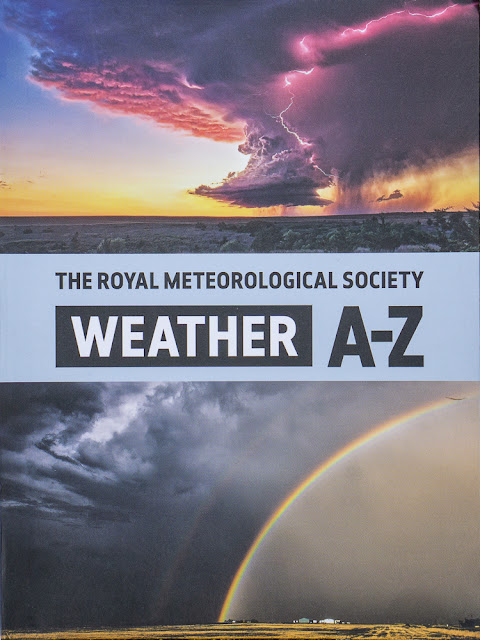Big cities are strange places. At least they are when you
haven’t visited one for a long time. The noise! The smell! The people! The
buildings! The traffic! Wow!
The city in question was Liverpool and I was there last week
for the Outdoor Trade Show (OTS). I’ve been to such shows many times over the
decades in places as varied as Harrogate and Friedrichshafen. Rarely has a year
gone by without my attending at least one. Due to the pandemic this was the
first since 2019, however. Indeed, it was the first time I’d been out of
Scotland since then, and only once had I left the Highlands. Other than that
brief visit to the edge of Edinburgh the biggest place I’ve been in the last
three years is Inverness, a city itself but hardly Liverpool scale.

The show itself was down in the newly developed docks area,
right on the banks of the River Mersey. Inside it felt familiar and just like
every other trade show. Somehow this was reassuring. I was there to look at
outdoor gear, but much enjoyment came from meeting people I mostly hadn’t seen
for three years. One of the best aspects of shows like this is the community
feel. OTS may be about business but it’s also about the outdoor community and
it was good to feel part of that again. Online meetings don’t adequately replace
face-to-face ones.
 |
|
I’m not going to write about the gear I saw here. We made
some little videos on some of the most interesting stuff that’ll appear on The
Great Outdoors website soon and I’ll be reviewing items on the same site the
rest of the year and probably into next year as some of the gear won’t appear
until then. For now, I’ll just say I was pleased that sustainability was a major
theme. I’m aware that some companies are probably only doing this because they
feel they have to and there’s undoubtedly elements of greenwash around. However,
I think that whatever the reason it’s better companies do something rather than
nothing and that the outdoor industry is at least moving in the right direction.

Away from the show I had a little time to wander round the Albert
Dock and Mann Island areas, now redeveloped and modernised and a big tourist draw.
I hadn't visited the area for many decades (I was brought up in Formby just up the coast and so came to Liverpool quite often as a child and teenager) and it was just about unrecognisable. The development is attractive and there are informative signs as well as museums for a
deeper look at the history – I had no time for these, unfortunately. There is
somewhat of a clash of architectural styles though, with the red brick of the
functional dock buildings and the pale grey of the classical Liver Building and
its neighbours somewhat at odds with the hard angles and flat brightness of
modern glass and steel constructions.
After the show I spent a very enjoyable few hours with my brother John who
lives not far way and who I hadn’t seen for quite a few years. I mentioned to
him that I could do with a decent coffee, that in the hotel and at the show
being, frankly, vile – I’d abandoned several almost-full mugs from various outlets
(oh, I have got fussy!). “There’s a speciality one next to your hotel”, he
said. And there was. Root Coffee. And it was excellent. How had I failed to see
it? Because it lay the other way from the show and the docks. Thanks John!
As well as visiting England for the first time in three years I also hadn’t been on a train in that time. To be travelling on one again seemed quite exciting! Actually six trains there and
back. Of these three were cancelled yet somehow I arrived only
slightly late and got back to Aviemore at the right time. Perhaps oddest was
that the London to Edinburgh train I was meant to catch at Wigan was cancelled
but only from London to Preston. So I caught a train to Preston and caught the
almost empty train there.
As always crossing Drumochter Pass was a joy, even though it
was grey and windswept. Home again!
Now I’m back my blog will return to normal. I don’t think
there’ll be another city for a while. The hills beckon.
Note: the show pictures were taken right at the end, just before packing up began. Most of the time it was busy!























